Handley Page Halifax
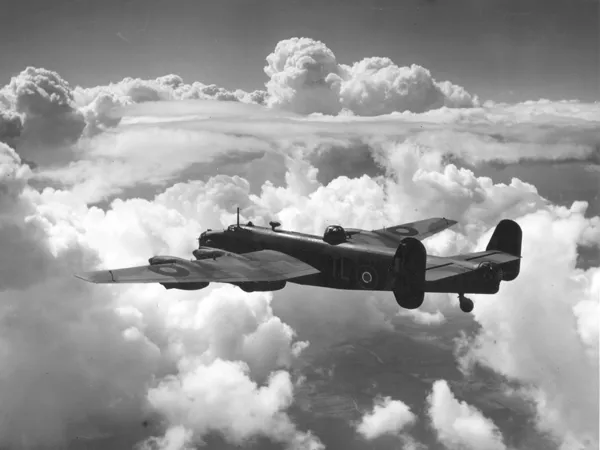
The Handley Page Halifax is a British Royal Air Force (RAF) four-engined heavy bomber of the Second World War. It was developed by Handley Page to the same specification as the contemporary twin-engine Avro Manchester.
The Halifax has its origins in the twin-engine HP56 proposal of the late 1930s, produced in response to the British Air Ministry's Specification P.13/36 for a capable medium bomber for "world-wide use." The HP56 was ordered as a backup to the Avro 679, both aircraft being designed to use the underperforming Rolls-Royce Vulture engine. The Handley Page design was altered at the Ministry to a four-engine arrangement powered by the Rolls-Royce Merlin engine; the rival Avro 679 was produced as the twin-engine Avro Manchester which, while regarded as unsuccessful mainly due to the Vulture engine, was a direct predecessor of the famed Avro Lancaster. Both the Lancaster and the Halifax would emerge as capable four-engined strategic bombers, thousands of which would be built and operated by the RAF and several other services during the War.
On 25 October 1939, the Halifax performed its maiden flight, and it entered service with the RAF on 13 November 1940. It quickly became a major component of Bomber Command, performing routine strategic bombing missions against the Axis Powers, many of them at night. Arthur Harris, the Air Officer Commanding-in-Chief of Bomber Command, described the Halifax as inferior to the rival Lancaster (in part due to its smaller payload) though this opinion was not shared by many of the crews that flew it, particularly for the MkIII variant. Nevertheless, production of the Halifax continued until April 1945. During their service with Bomber Command, Halifaxes flew a total of 82,773 operations and dropped 224,207 tons of bombs, while 1,833 aircraft were lost. The Halifax was also flown in large numbers by other Allied and Commonwealth nations, such as the Royal Canadian Air Force (RCAF), Royal Australian Air Force (RAAF), Free French Air Force and Polish forces. Wikipedia
 National Air Force Museum of Canada
National Air Force Museum of Canada
CASPIR Aircraft Groups:
RCAF On Strength (5), RCAF 6 Group (1596), RCAF 400 Squadron (1443), Canadian Aircraft Losses (1562), Canadian Museum(2)Halifax B/GR.Mk.II JD106
On 1944-04-27, S/L A. Ross Dawson, the Chief Technical Officer with 1664/1679 HCU at Wombleton, wrote in his diary:
Warning: The following material contains graphic content that may not be suitable for all readers.
"What luck we seem to be having just now. Things went smoothly today & we almost finished off our cloakroom. Then saw a cinema in the Mess & were sitting around drinking beer about 11:30 pm when flying control rang up to say we had another bad accident. We went right down to the aerodrome to find two kites locked together on the perimeter track with the boys hacking away with axes to try to get the tail gunner out of his turret. It appears the kites were being marshalled on the track for an operational takeoff on our bulls-eye exercise. T for Tommy JD106 was stopped in front & H-Harry JB859 was parked about 30 yds behind with the engines running. Somehow or other when the pilot of H was doing his cockpit check the kite started to drift forward & he didn't notice until it climbed right up the tail of T. The crew of T didn't know anything about it until they heard the tail gunner scream J___ C___ over the intercom & they came the crash. The port inner prop of H sliced right through the turret about 4 times & half tore the tail gunner's head off so he was a pretty gory mass when we pulled him out of the turret "” dead of course. It looks like a court martial case of negligence but I sure feel sorry for the pilot who did it. This also counts up as 2 accidents for our sheet so we are not doing so well this month. Anyway it's the first fatal accident in a month and a half."



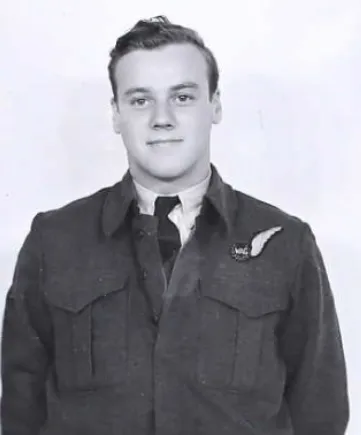

 Canadian Virtual War Memorial
Canadian Virtual War Memorial Library and Archives Canada Service Files (may not exist)
Library and Archives Canada Service Files (may not exist) Quebec City, Quebec
Quebec City, Quebec
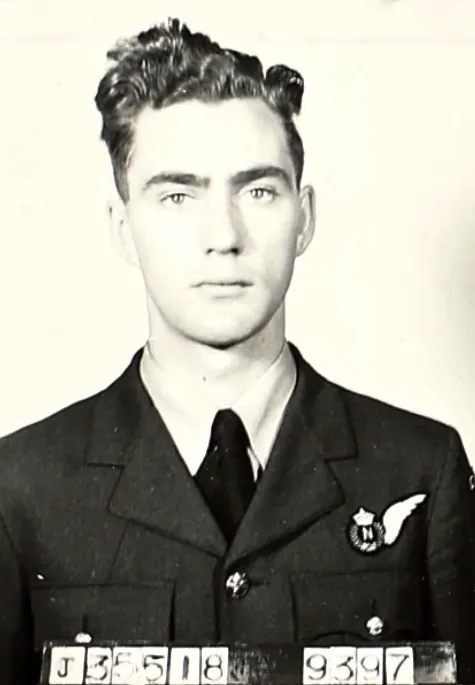
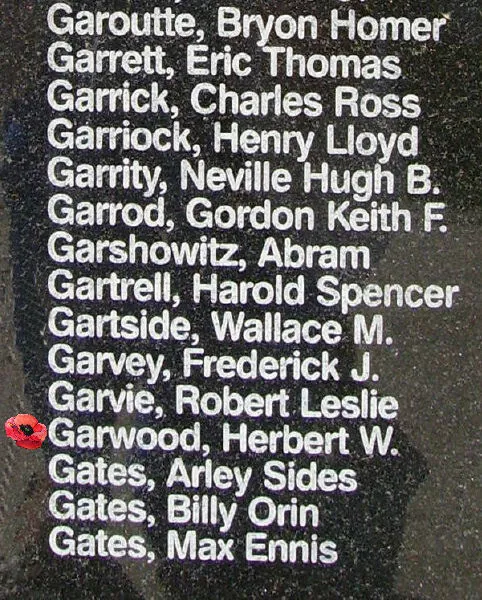
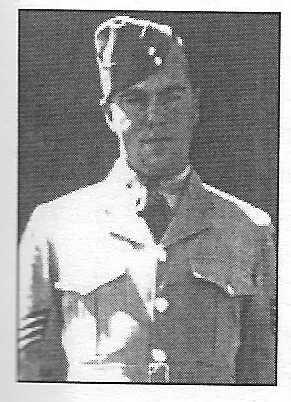

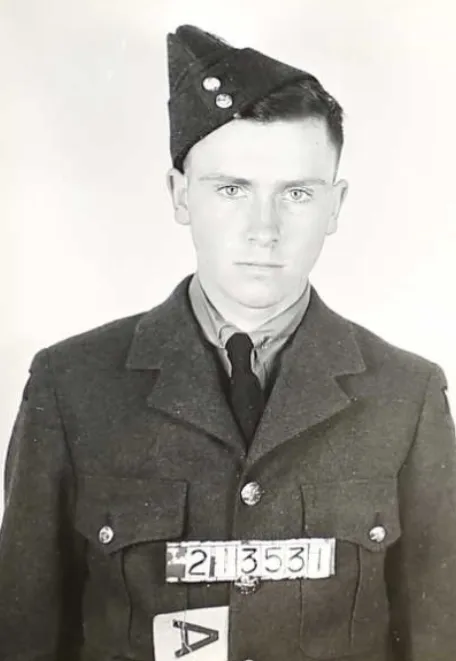
 Halifax Heavy Bomber WWII
Halifax Heavy Bomber WWII Harold A Skaarup Web Page
Harold A Skaarup Web Page Wikipedia Halifax Bomber
Wikipedia Halifax Bomber